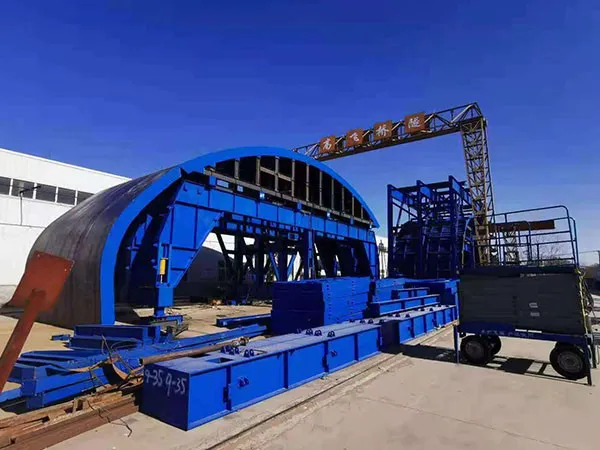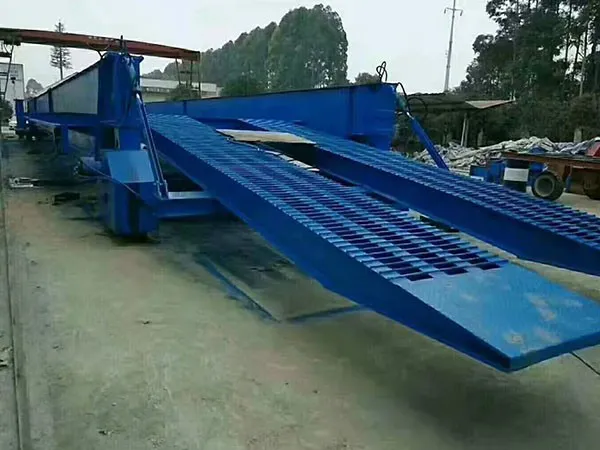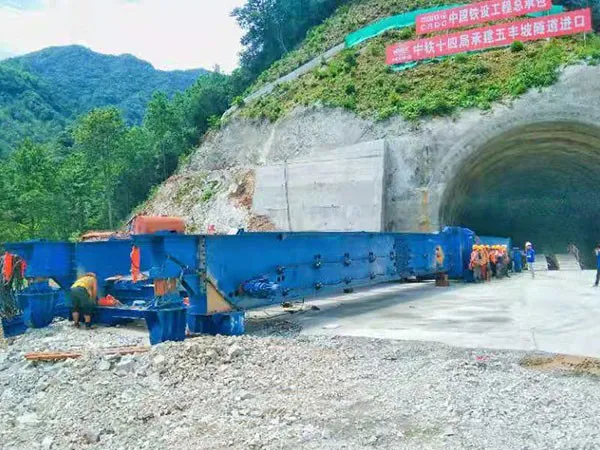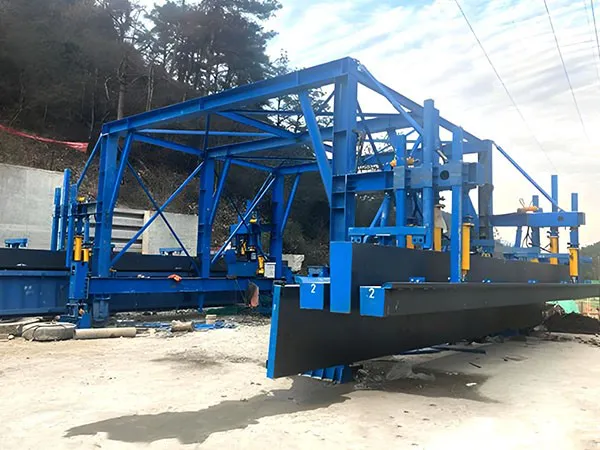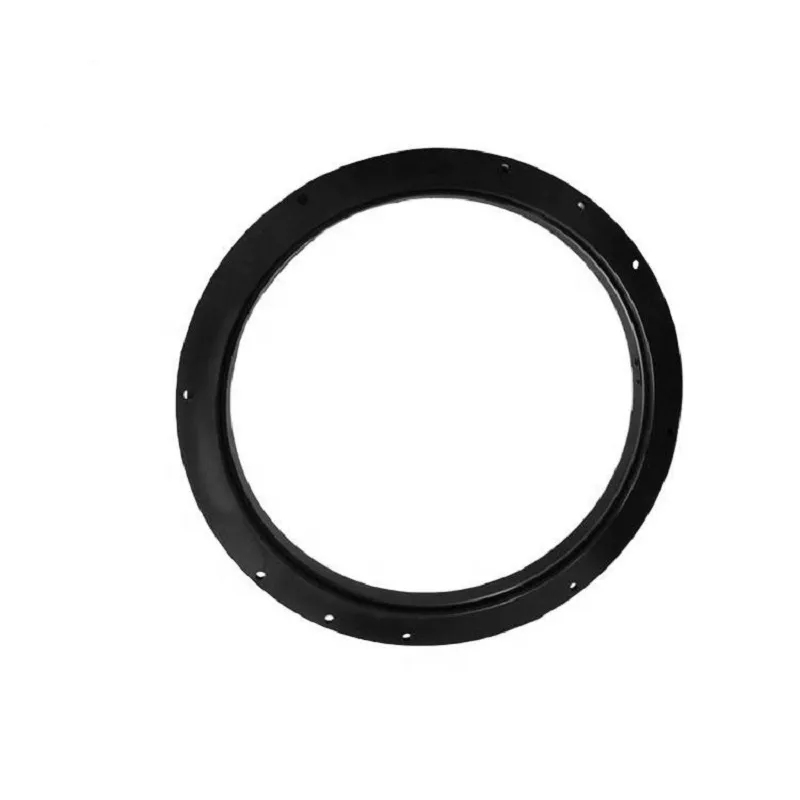Revestimiento de túnel plays a critical role in ensuring the structural stability, seguridad, and durability of underground construction projects. As the permanent support structure, the lining must withstand ground pressure, water ingress, and long-term environmental influences while maintaining serviceability throughout the tunnel’s lifespan. To achieve these objectives, stringent quality control measures are essential during design, material selection,fabricación,and construction phases.
Quality control in tunnel lining involves systematic monitoring and inspection to verify that materials, dimensiones, métodos de instalación, and finished structures meet specified standards and project requirements. This process not only helps to prevent defects such as cracks,desalineación, y la fuga de agua, pero también mejora la confiabilidad operativa del túnel y reduce los costos de mantenimiento futuros.
Método de control de calidad del revestimiento del túnel
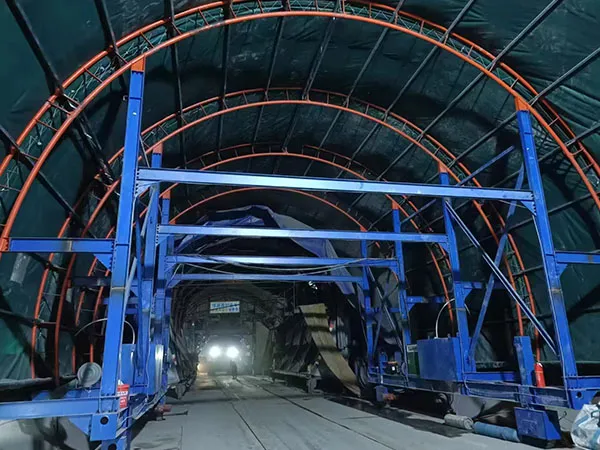
I. Fase previa a la construcción (cuando la precisión de funcionamiento del rodamiento no cumple los requisitos & Planificación):
Investigaciones geotécnicas detalladas: Comprensión profunda de las condiciones del terreno (tipo de roca, suelo, capa freática, fallas) es primordial. Esto informa el diseño del revestimiento, material selection, y métodos de construcción.
Diseño de revestimiento apropiado: El diseño debe considerar las cargas anticipadas (presión fundamental, presión de agua, actividad sísmica), vida útil, y factores ambientales.
Esto incluye seleccionar el grosor de revestimiento correcto, reforzamiento, y material (p.ej., hormigón rociado, segmentos prefabricados, concreto de fundición en el lugar).
Especificación de material: Defina claramente las propiedades requeridas para todos los materiales, incluyendo fuerza de concreto, durabilidad, trabajabilidad, calidad agregada, ingredientes, y acero de refuerzo.
Plan de gestión de calidad (QMP): Desarrollar un plan integral que describa todo el control de calidad (Chabolla) y garantía de calidad (QA) procedimientos, responsabilidad, puntos de inspección, y requisitos de documentación.
II. Fase de construcción (Ejecución & Escucha):
UNA. Control de calidad de material:
Agregados:
Muestreo y prueba: Pruebas regulares para la gradación, solvencia, mala agrupación de piezas (contenido de limo/arcilla), impurezas orgánicas, y contenido de humedad.
Almacenamiento: Almacenamiento adecuado para evitar la contaminación y la segregación.
Cemento:
Aprobación de la fuente: Asegúrese de que el cemento provenga de fabricantes aprobados.
Pruebas: Verifique la finura, tiempo de fijación, solvencia, y resistencia a la compresión.
Almacenamiento: Proteger de la humedad.
Ingredientes:
Verificación: Asegúrese de que el tipo y la dosis sean según el diseño.
Pruebas: Confirmar la efectividad y la compatibilidad con otros materiales.
Acero de refuerzo:
Certificados de fábrica: Verificar la calificación, dimensiones, y propiedades mecánicas.
Inspección: Verifique el óxido, daño, flexión correcta, y colocación.
…
Se puede encontrar información más detallada sobre los métodos de control de calidad del revestimiento de túneles en: https://www.gf-bridge-tunnel.com/a/blog/tunnel-lining-quality-control-method.html

